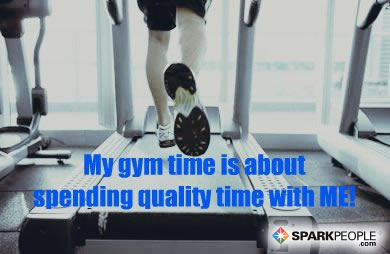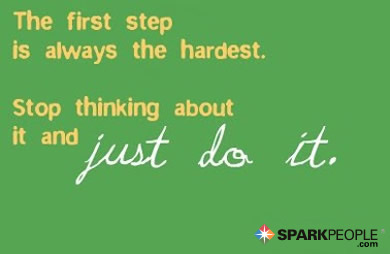It's almost the end of the year, have you been thinking about your New Year's resolutions? Grab a friend & help reach both of your fitness goals for 2015!
Having a workout partner can mean the difference between success and failure when it comes to your fitness goals. Unless you're consistently a highly motivated self-starter, your chances of sticking to a long-term fitness plan without a partner are significantly lower than they are with a partner.
Having a workout partner can mean the difference between success and failure when it comes to your fitness goals. Unless you're consistently a highly motivated self-starter, your chances of sticking to a long-term fitness plan without a partner are significantly lower than they are with a partner.
1. The Time Goes by Faster
Working out with a friend or family member can make your workouttime go by much more quickly. When you work out alone, it's easy to watch the clock and feel the time drag by. Having that feeling of dread can make it harder for you to summon the motivation to work out. When you're able to chat with a workout partner and catch up on each other's lives as you exercise, the time will fly by and become an occasion to which you can look forward.
2. You Won't Cancel a Workout
When you answer to no one but yourself, it can become a habit to cancel a workout after a long, busy day because you feel tired or because you feel that it's a waste of time. You may think that canceling one workout won't hurt you, but if you cancel even one session, it can be more difficult to get back into the habit because you may decrease your endurance. If your workout partner is counting on you to be there for an exercise session, you'll be less likely to cancel.
3. You Can Coordinate Busy Schedules
Another reason you may not meet your fitness goals on your own is that you can't find the time. If you have to arrange a babysitter while you work out, for example, or you can't imagine having to cook a dinner before or after your workout session, it can become easy to cancel the workout. However, if you have a workout partner, you can coordinate your schedules. You can both share a babysitter or you can take turns cooking for each other and/or both families.
4. You'll Be Bolstered by Outside Perspective
It's difficult to view yourself objectively. When it comes to your fitness progress, you may not notice how your strength and endurance is improving or that you've lost weight or gained muscle tone over time. Your partner can view you more objectively and remind you of your progress so far. Having that validation can help bolster your self-esteem and keep your motivation levels high.
5. You Can Celebrate Your Successes
Celebrating your progress alone isn't as much fun as it is with a partner. You and your partner can set goals for yourselves and celebrate every few weeks after you've met those goals. Take a night off from work and stress and celebrate at the movies or a bar or at a mall.
Of course, there is the possibility that your workout partner can be a negative influence on your fitness progress if you choose someone who doesn't respond to your encouragement, belittles your progress and won't commit. Search until you find a competent, positive partner for your fitness regimen.
Reprinted from Fitday.com
Reprinted from Fitday.com











.jpg)






